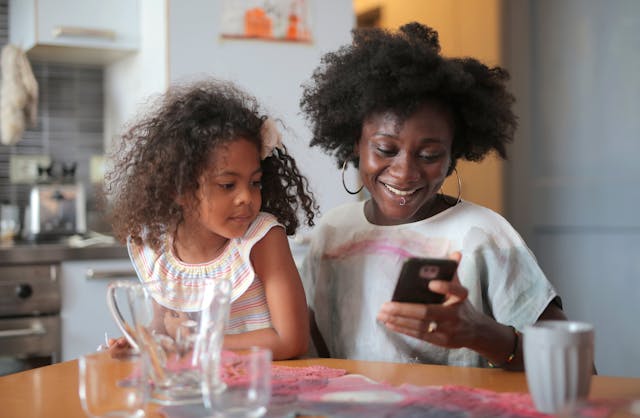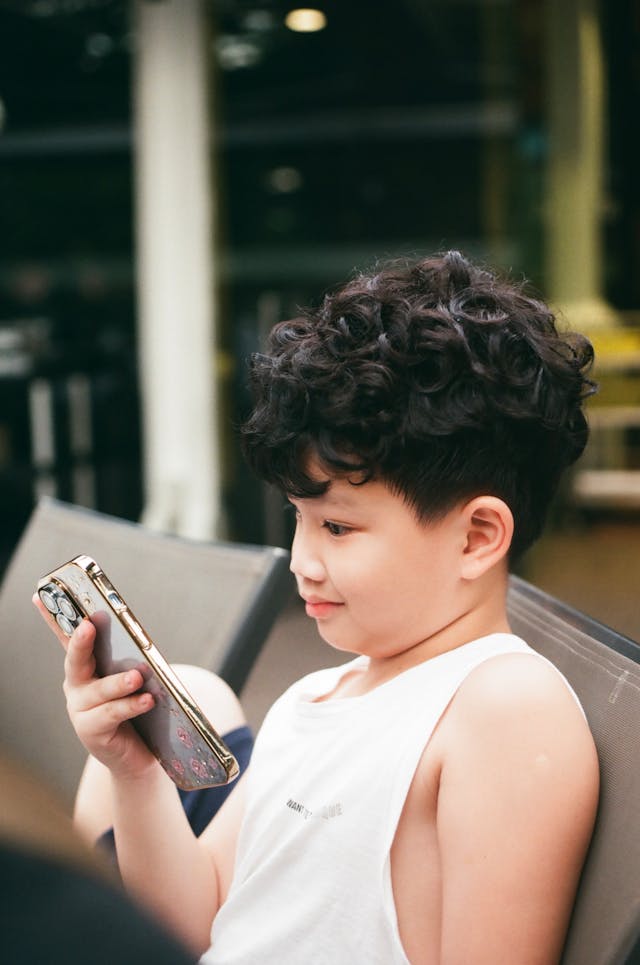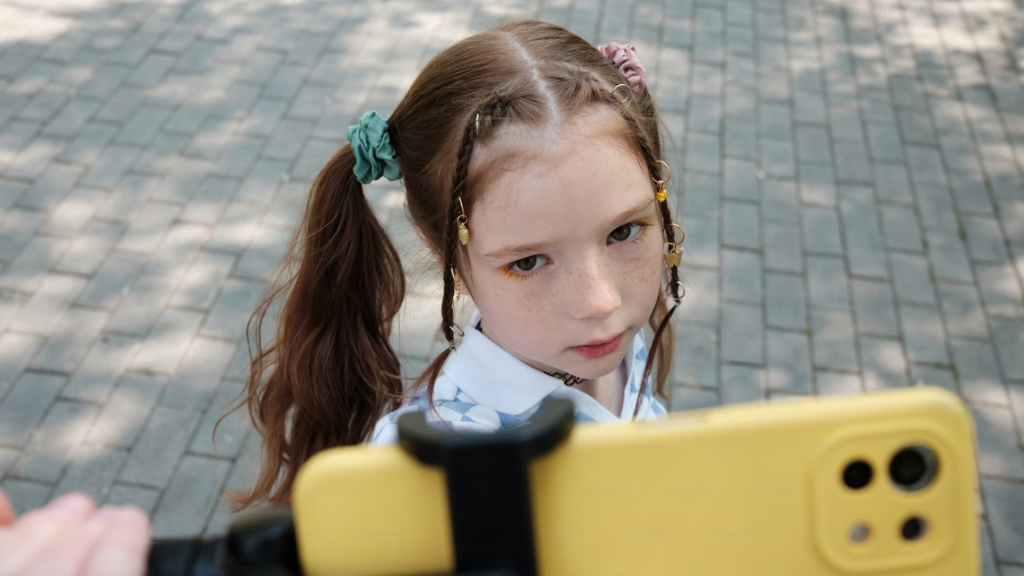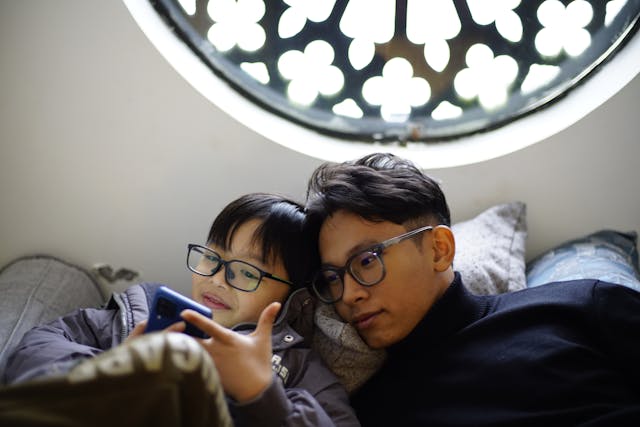TikTok has become incredibly popular, especially among kids and teens. This social media platform offers creative outlets and a way to connect with friends. However, many parents are concerned about its safety. The question, “Is TikTok safe for kids?” is one that deserves careful consideration.
With its wide range of content and user interactions, there are potential risks to be aware of. Issues like exposure to inappropriate content and privacy concerns are prominent. In this article, we’ll explore these safety concerns in detail. We’ll provide guidance on how to make TikTok safer for children. We’ll also offer insights into whether it’s suitable for your child.

Is TikTok Appropriate for Kids?
TikTok’s content is diverse, ranging from dance challenges to educational videos. However, not all content is suitable for children. Some videos include inappropriate language, mature themes, or dangerous behavior. This raises the question, “Is TikTok appropriate for kids?”
TikTok’s algorithm shows content based on user interactions. This means children might come across videos that are not age-appropriate. Even with content moderation, inappropriate material can slip through. Although TikTok offers a “Restricted Mode” to filter content, it isn’t foolproof. This mode may not always catch everything that parents would deem unsuitable.
Furthermore, the platform allows users to post and share videos without strict age verification. This can lead to exposure to harmful content. Parents should monitor what their kids are watching on TikTok. Setting up privacy controls and discussing content with their children can help mitigate some risks.
TikTok also has features that let users report inappropriate content. However, relying solely on these tools may not be enough. Parents should remain actively involved in their child’s TikTok experience to ensure the content they are exposed to is appropriate.
Is TikTok Good for Kids?
TikTok offers several benefits that might seem appealing to kids. It provides a platform for creativity, allowing users to make and share videos. This can be a positive way for kids to express themselves. Many children use TikTok to participate in fun social media challenges and trends, which can be entertaining and engaging.
Additionally, TikTok can help kids develop new skills. They can learn about video editing, music, and trends. This creative outlet can also improve their digital literacy and confidence. For some, it might even offer educational content that aligns with their interests.
However, the question remains: is TikTok good for kids overall? While platforms like Instagram and TikTok are safe, they also come with risks. The platform’s algorithm might expose children to content that isn’t suitable for their age. The addictive nature of TikTok can lead to excessive screen time, which can affect sleep and physical activity.
Parents should weigh these pros and cons carefully. Setting time limits and monitoring usage can help mitigate some of the risks. Ensuring kids use TikTok in a supervised and balanced way can make the platform a safer and more positive experience.

Should Kids Have TikTok?
The decision regarding whether kids should have TikTok is a complex one. On the one hand, the app offers a platform for creativity and social interaction. Kids can create fun videos, learn new trends, and connect with friends. These opportunities can be positive for their social and creative development.
On the other hand, there are significant concerns about safety. TikTok’s open and relaxed nature means kids can encounter inappropriate content or engage with strangers. This can expose them to risks like cyberbullying or online predators. The platform’s algorithm may also show content that isn’t suitable for younger users.
Another issue is the addictive nature of TikTok. Kids might spend excessive amounts of time on the app, which can impact their sleep, homework, and physical activity. Balancing screen time with other activities is crucial for healthy development.
Parents need to consider these factors carefully. If they decide to allow their child to use TikTok, it’s important to set guidelines. This includes using parental controls, monitoring activity, and discussing online safety with their child. By taking these steps, parents can help ensure that TikTok is used in a way that is safe and beneficial.
What Age Is TikTok For?
TikTok’s age requirements are crucial when determining whether it’s suitable for kids. The app’s terms of service specify that users must be at least 13 years old. This age restriction is intended to comply with laws like the Children’s Online Privacy Protection Act (COPPA).
Despite this, many younger children still use TikTok, often with the help of older siblings or friends. This raises the question: what age is TikTok really for? The official minimum age is 13. The content and interactions on the app can be challenging for younger users to navigate.
The platform’s vast array of videos includes material that might not be appropriate for all teens. TikTok’s content is not always filtered by age, which means younger users can see content that isn’t suitable. Additionally, TikTok’s algorithm can expose kids to a wide range of topics, some of which might be too mature.
Parents should be mindful of these factors when considering TikTok for their children. Setting up parental controls and discussing appropriate use can help manage some risks. Monitoring your child’s activity and ensuring they understand online safety can make the platform a bit safer. This stands even if they are over the age requirement.

Privacy Issues and Parental Controls on TikTok
According to Statista, 17% of apps gather data about children without having a privacy policy. Hence, for TikTok specifically, privacy is a major concern when it comes to kids. The app collects a lot of data from its users. This includes information like location, device type, and browsing habits. Such extensive data collection raises questions about how safe is TikTok for kids.
TikTok does offer some privacy settings and parental controls. For example, parents can use the Family Pairing feature to set restrictions. This feature allows parents to control who can comment on their child’s videos and limit screen time. They can also set content preferences and manage privacy settings more effectively.
However, these tools are not perfect. Parental controls can help, but they may not catch every issue. For instance, while Restricted Mode filters some content, it doesn’t always block everything inappropriate. Kids might still come across harmful content despite these safeguards.
Parents should also be aware of how to use these privacy features. Regularly reviewing privacy settings and discussing online safety with their child can help. Keeping communication open about what their child encounters on TikTok is essential. This approach ensures that the platform remains a safer environment for children.

Statistics and Case Studies on TikTok’s Impact on Kids
You must be wondering, “Is TikTok safe for my kid?” Understanding TikTok’s impact on kids involves looking at relevant statistics and case studies. Recent studies highlight concerns about screen time and mental health. For instance, research from the Cleveland Clinic shows that excessive screen time can lead to sleep issues and anxiety in children. TikTok’s addictive content might exacerbate these problems.
Moreover, social media use can affect kids’ self-esteem. This is particularly true when they compare themselves to influencers and peers. TikTok has a focus on viral trends and high engagement, which can intensify these feelings.
Case studies also reveal risks associated with TikTok. In some instances, children have encountered cyberbullying or inappropriate content despite privacy settings. These cases underscore the need for vigilant parental monitoring and robust privacy controls.
Statistics from cyber safety organizations indicate that children who use social media platforms are at higher risk for online harassment. Moreover, data shows that TikTok’s algorithm can expose users to a wide range of content. Not all of it is suitable for kids.
These insights highlight why it’s crucial for parents to stay informed and proactive. Regularly reviewing their child’s TikTok use and setting appropriate boundaries can help mitigate these risks.

Is TikTok Safe for Kids: Secure a Good Digital Experience for Your Children
So, is TikTok safe for kids? While the platform offers creative opportunities, there are also privacy issues and exposure to inappropriate content. Using parental controls and discussing online safety can help manage these risks.
For parents, staying informed and involved is key. Regularly review your child’s TikTok settings and set clear boundaries.
Since we’re on the topic of social media, if you’re looking to boost your own online presence while managing these concerns, check out Goread.io. We offer fast and effective ways to enhance your social media accounts so you can focus on what matters most. Explore Goread.io today and take control of your social media strategy while keeping your child’s online experience safe and positive.

Frequently Asked Questions
Should I let my 12-year-old have TikTok?
Allowing a 12-year-old to use TikTok is a personal decision that depends on various factors. TikTok’s minimum age requirement is 13, which is designed to align with child privacy laws. At 12, a child might not be fully ready for the platform’s content and interactions. If you decide to let them use TikTok, consider using parental controls and monitoring their activity closely.
How do I make TikTok safe for my child?
To make TikTok safer for your child, start by using the Family Pairing feature. This allows you to set privacy controls and restrict content. Enable Restricted Mode to filter out inappropriate videos and set limits on screen time. Regularly review their privacy settings and encourage open conversations about online safety.
Is there a kid-friendly version of TikTok?
As of now, there isn’t a separate kid-friendly version of TikTok. The platform has a Restricted Mode to filter out inappropriate content, but it is not a perfect solution. Some parents opt for alternative apps designed specifically for younger children, which offer more controlled environments and educational content.
Which is safer, Snapchat or TikTok?Both Snapchat and TikTok have their own safety concerns. TikTok’s risks include exposure to inappropriate content and data privacy issues. Snapchat, on the other hand, has features like disappearing messages, which can lead to unsafe behaviors and cyberbullying. Overall, neither platform is entirely safe for children without proper oversight.
